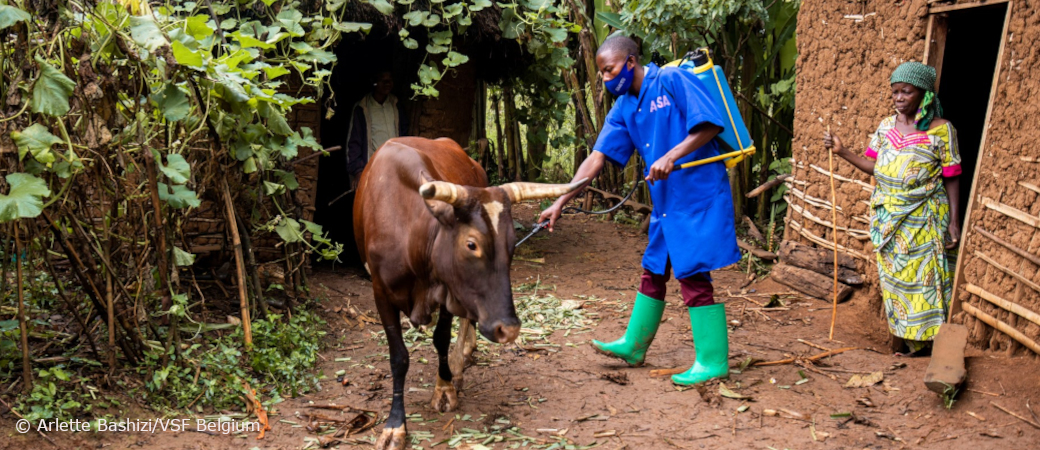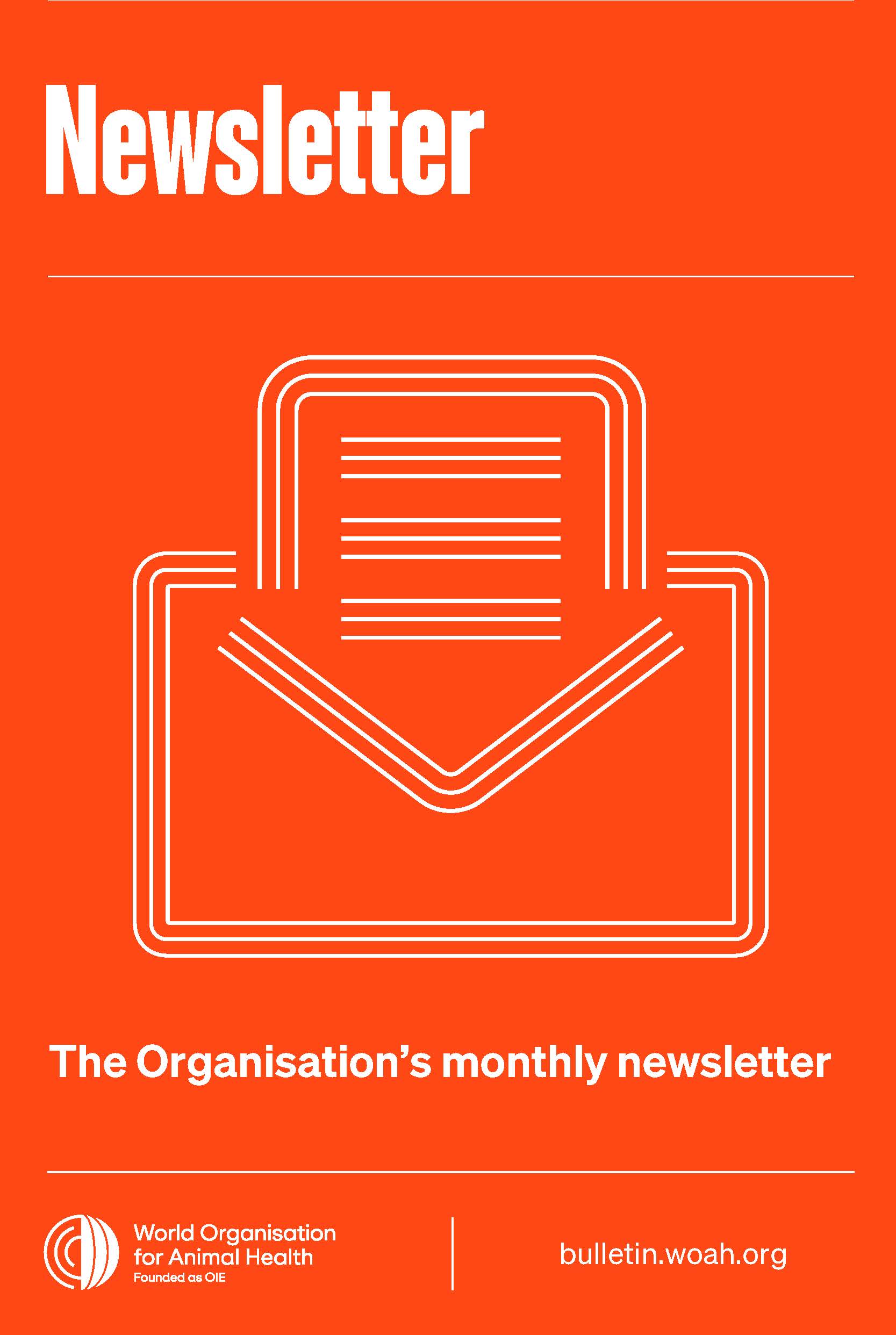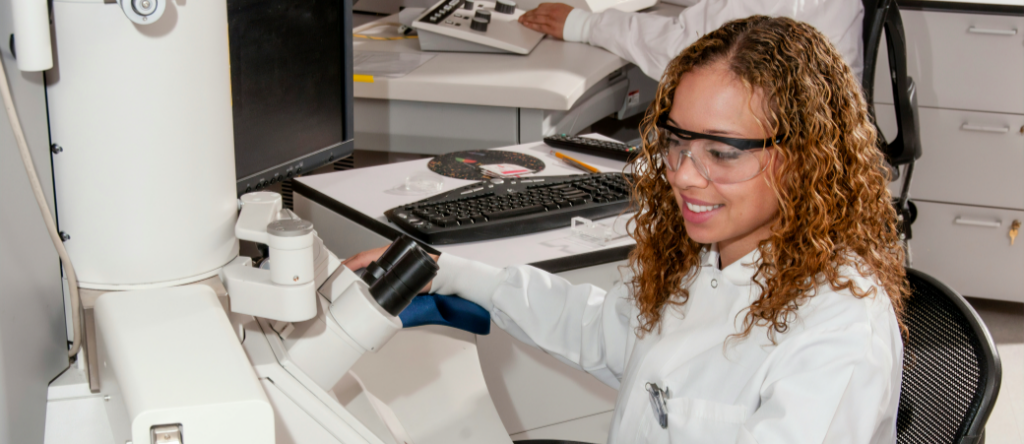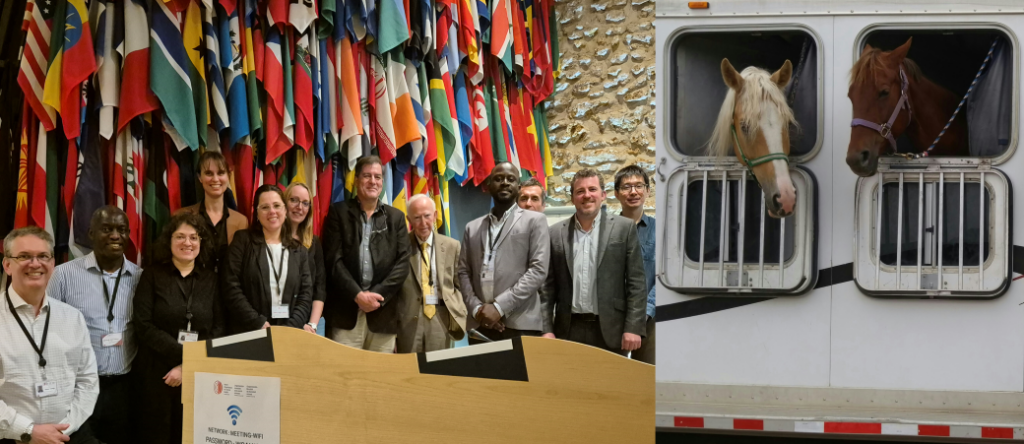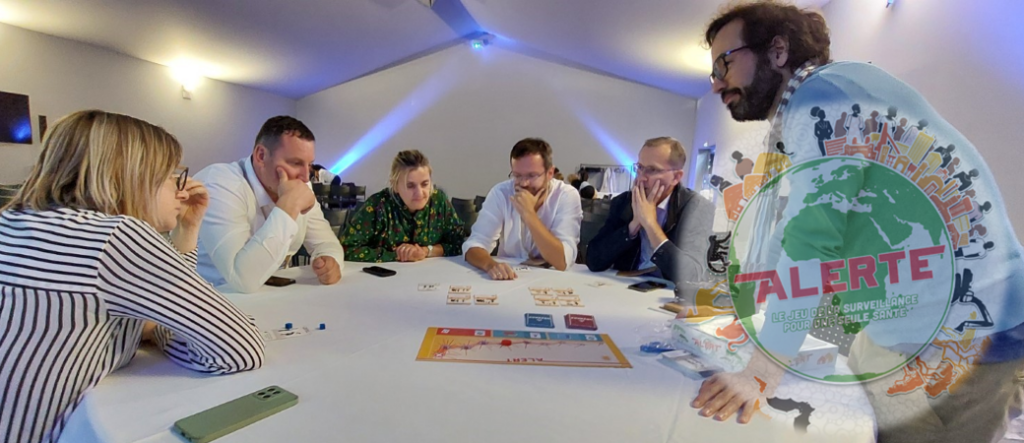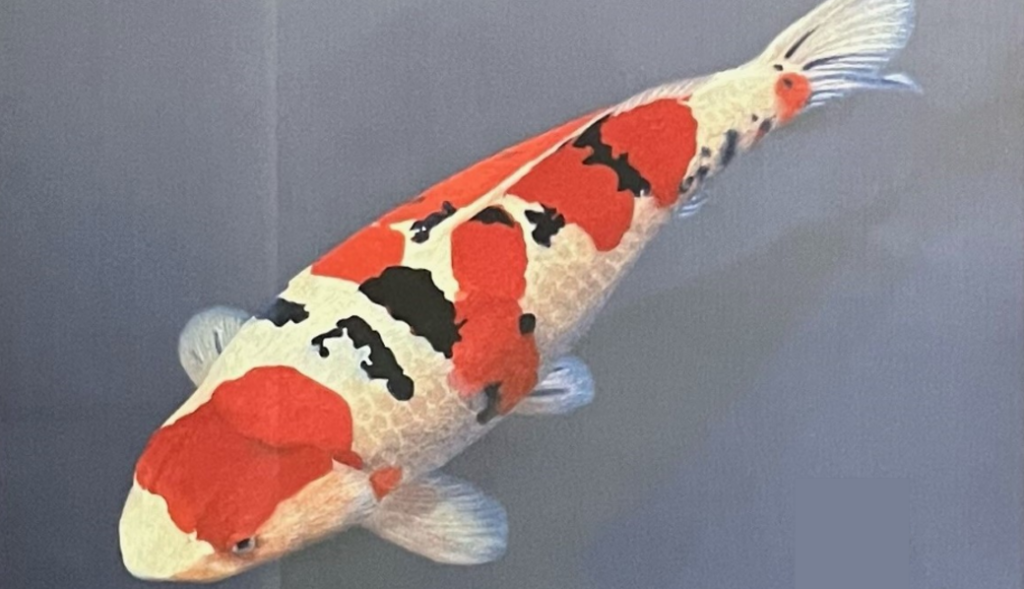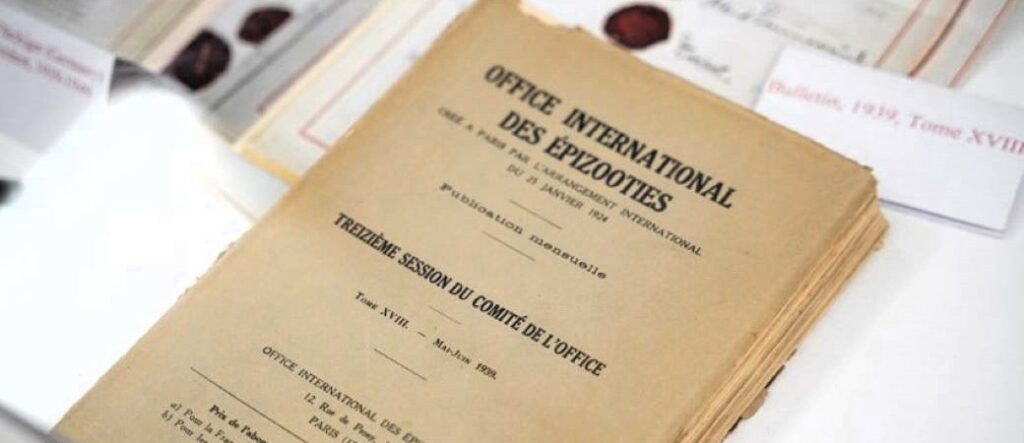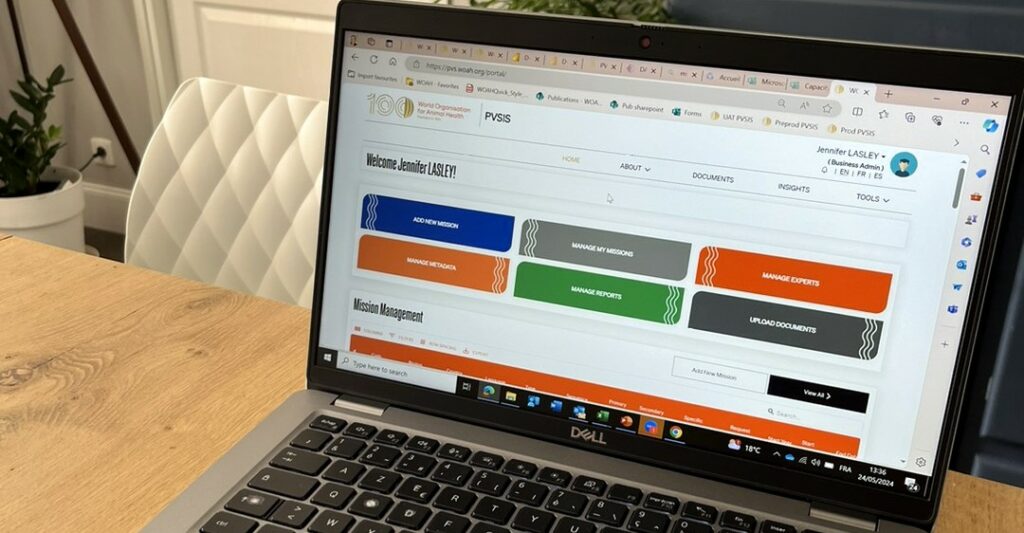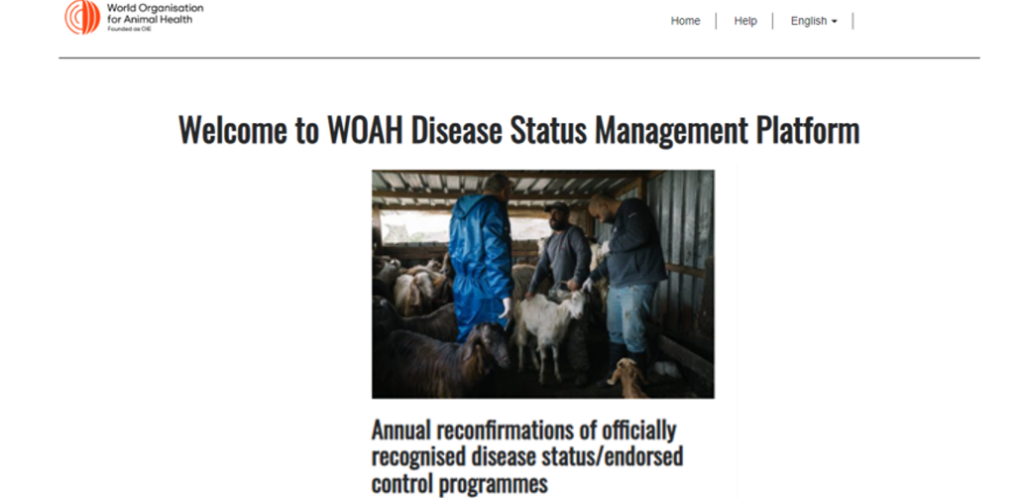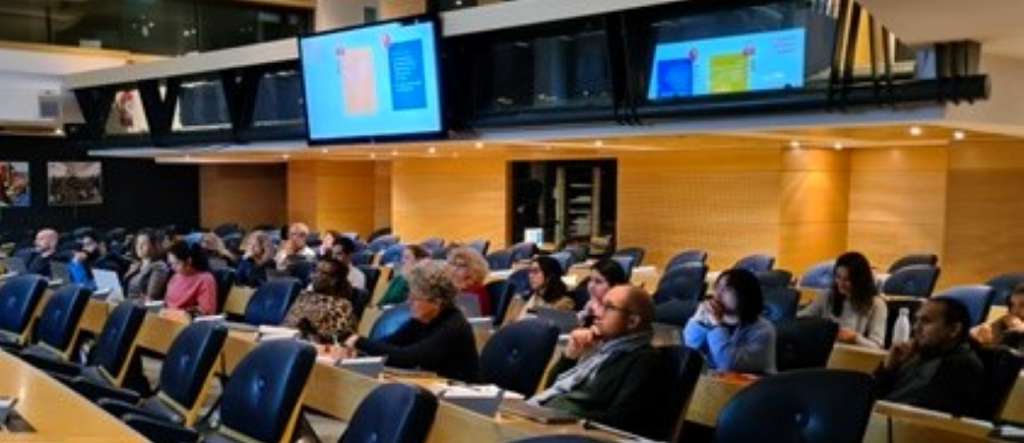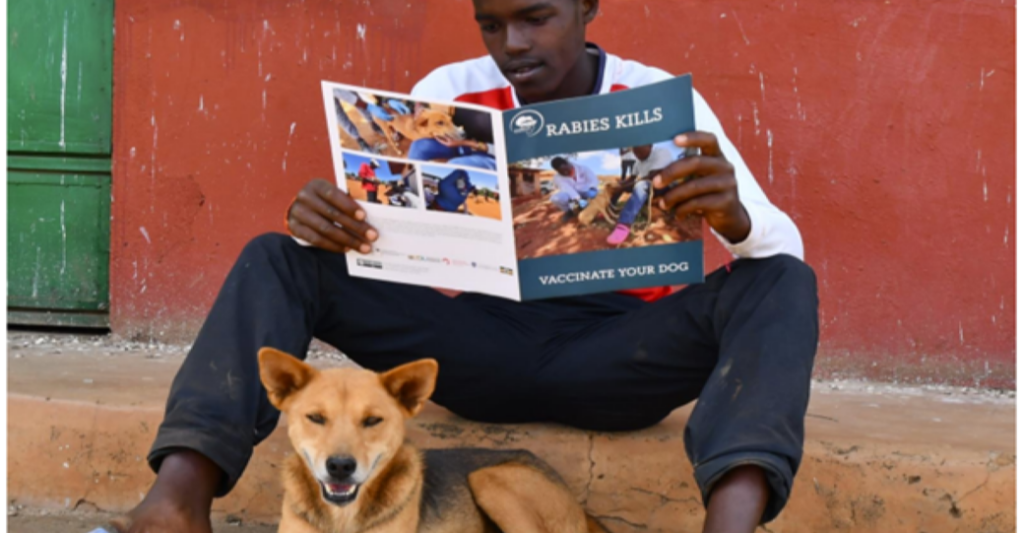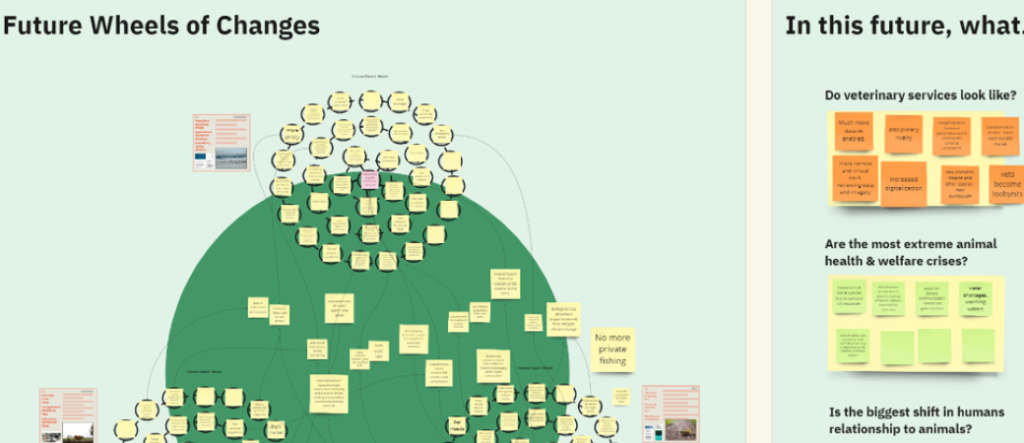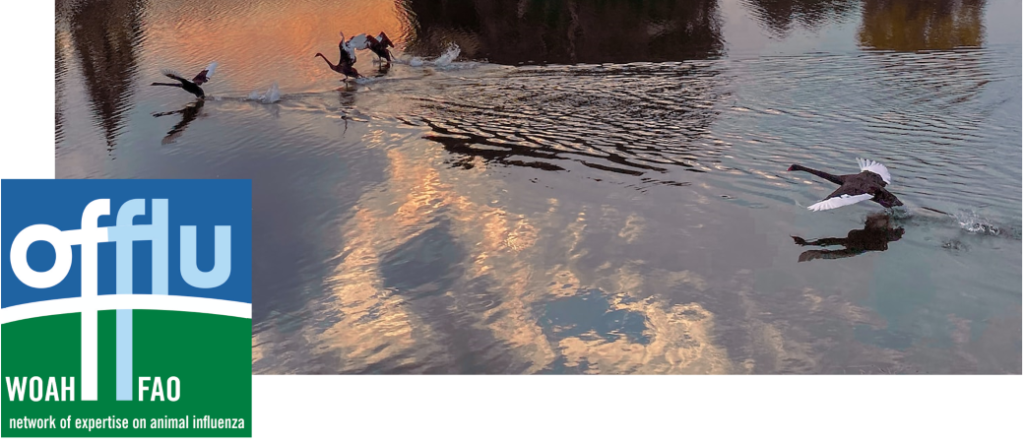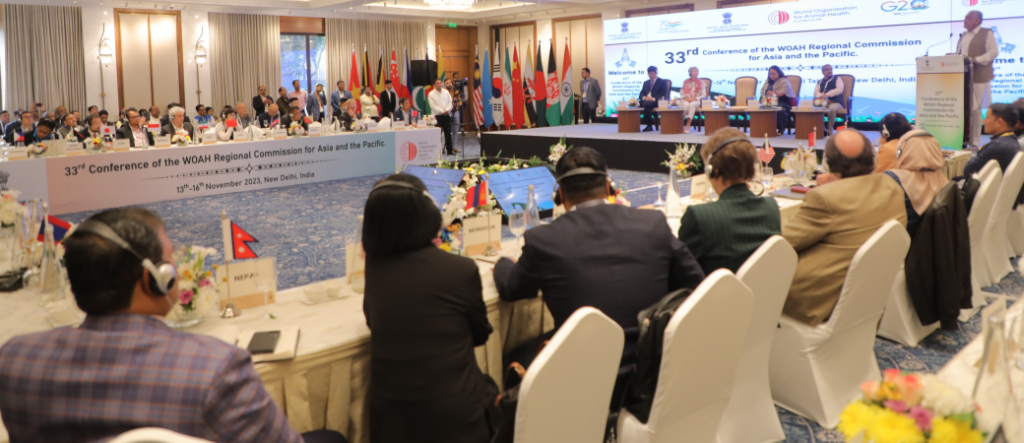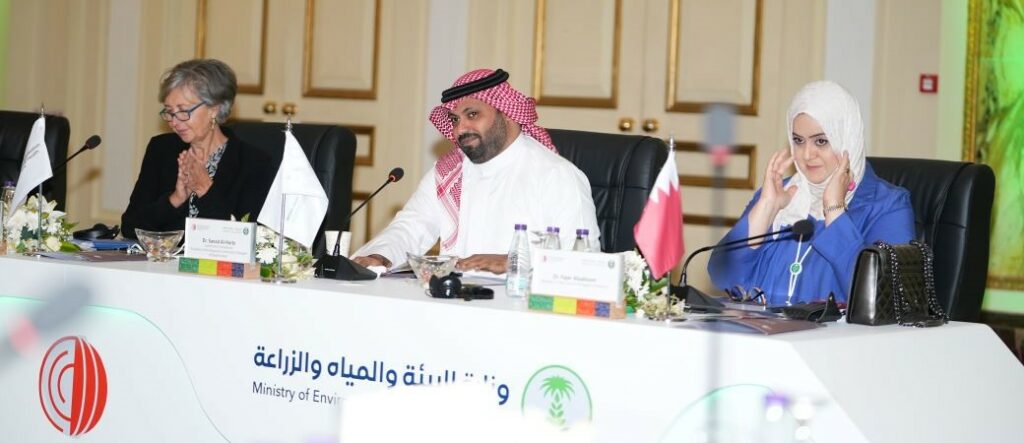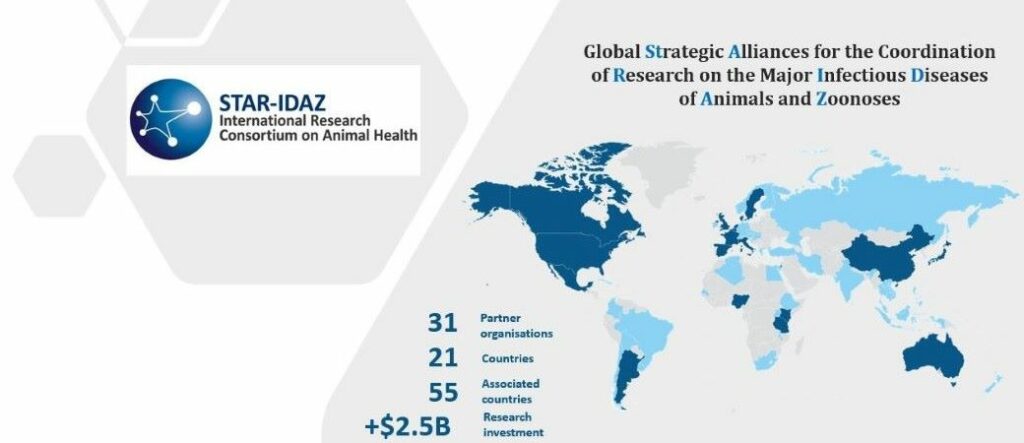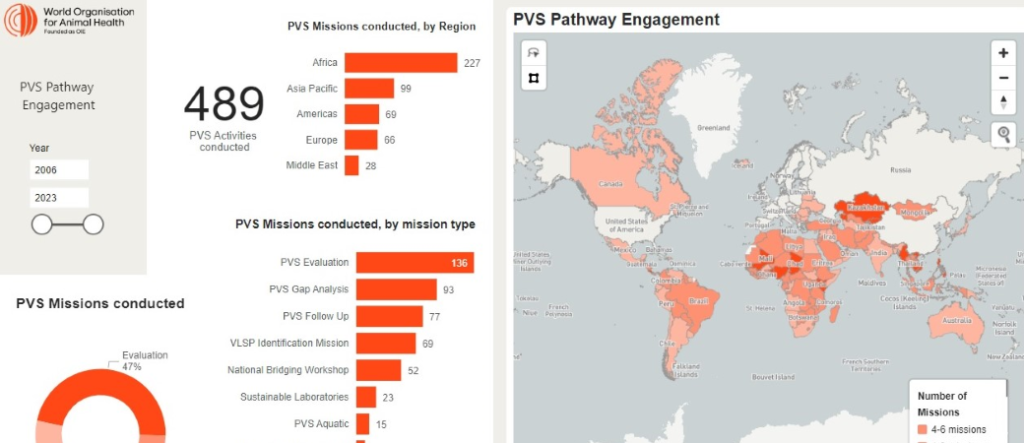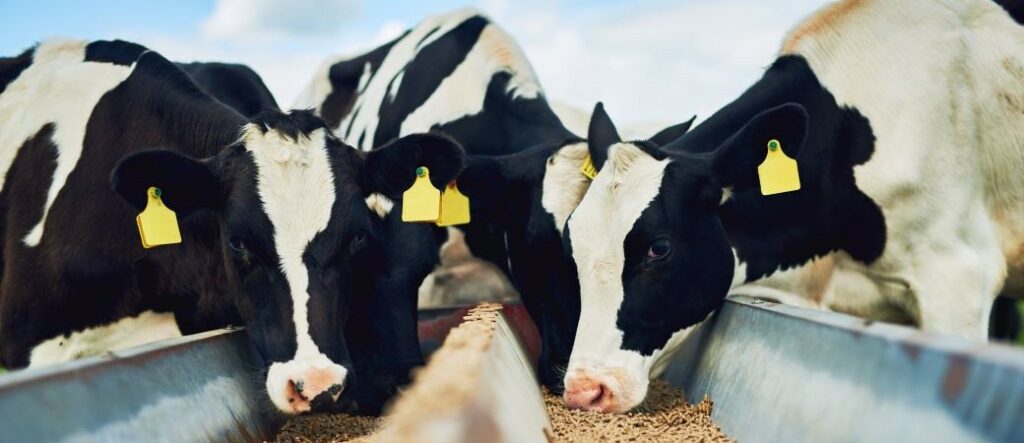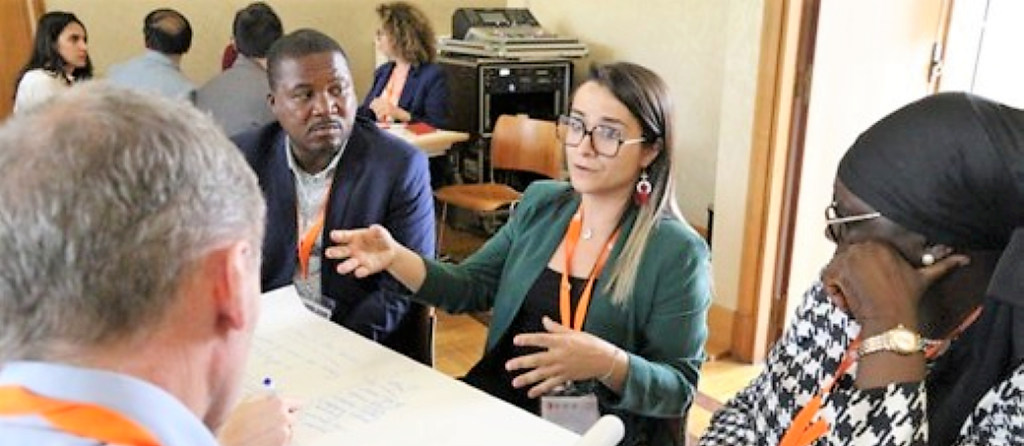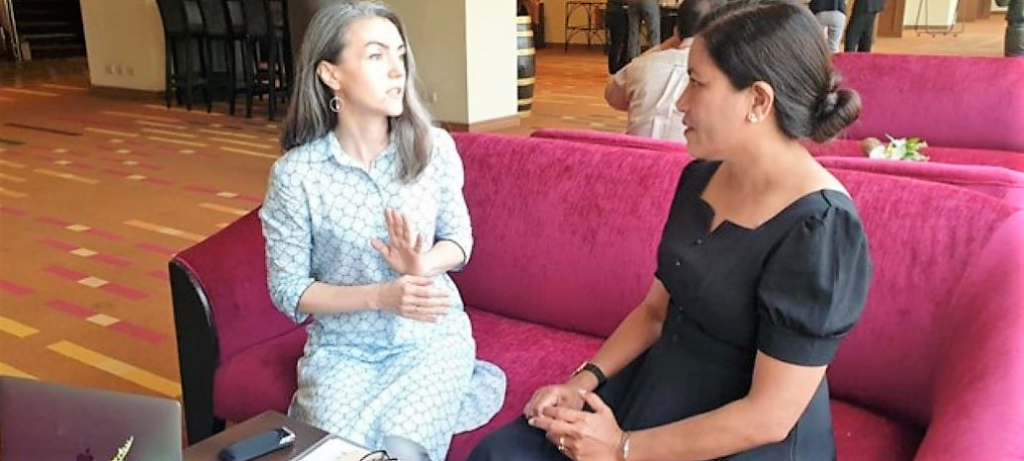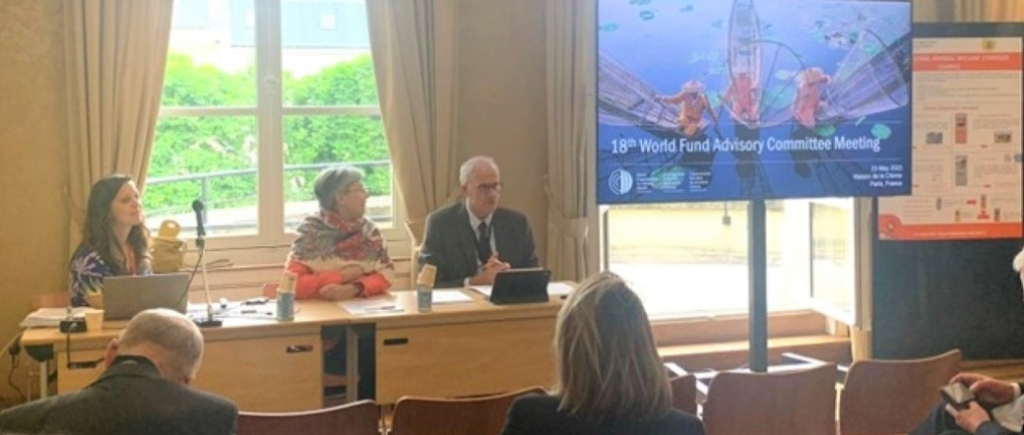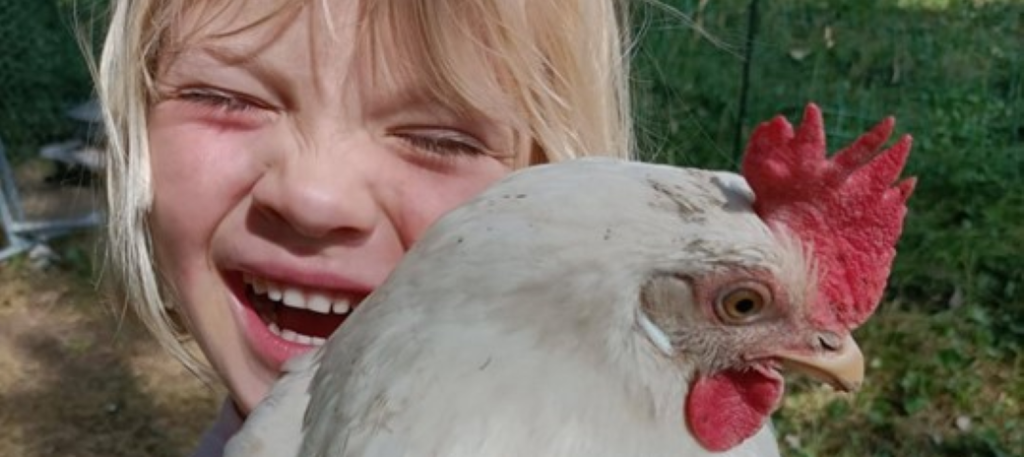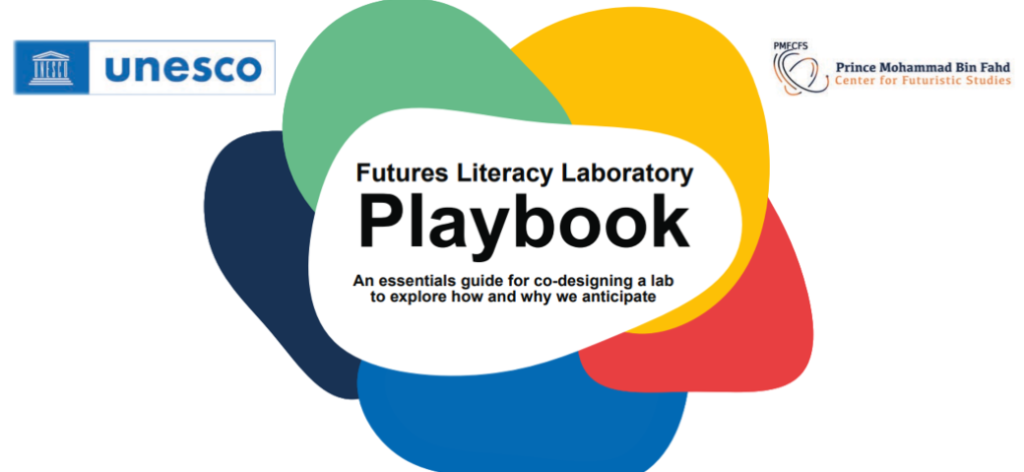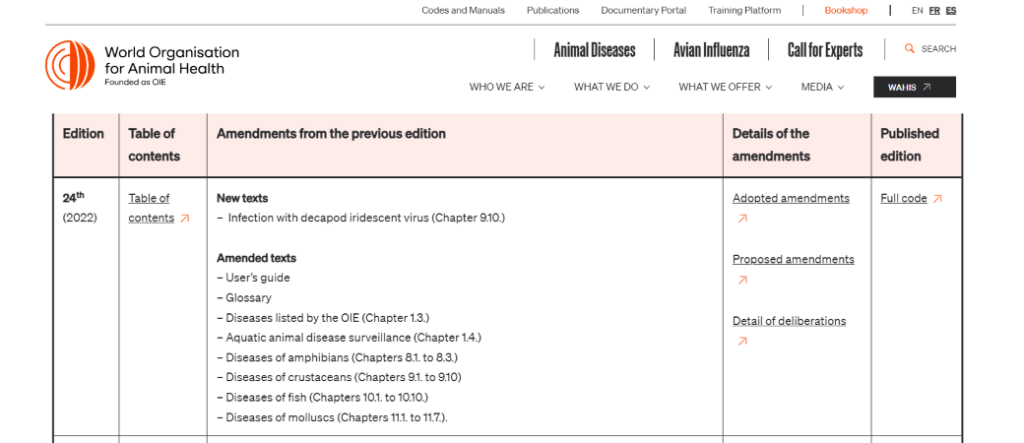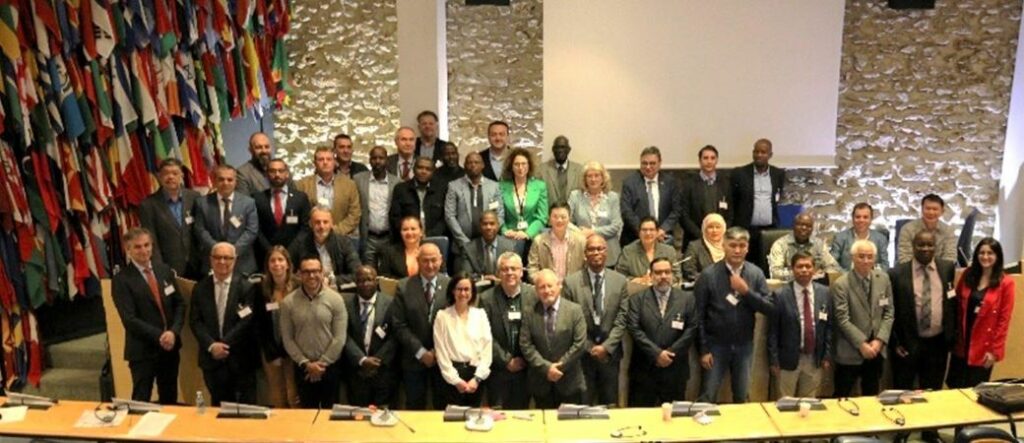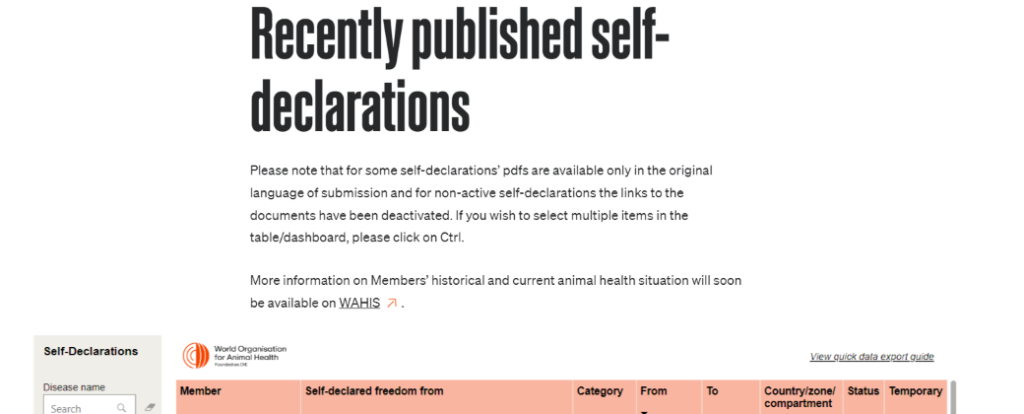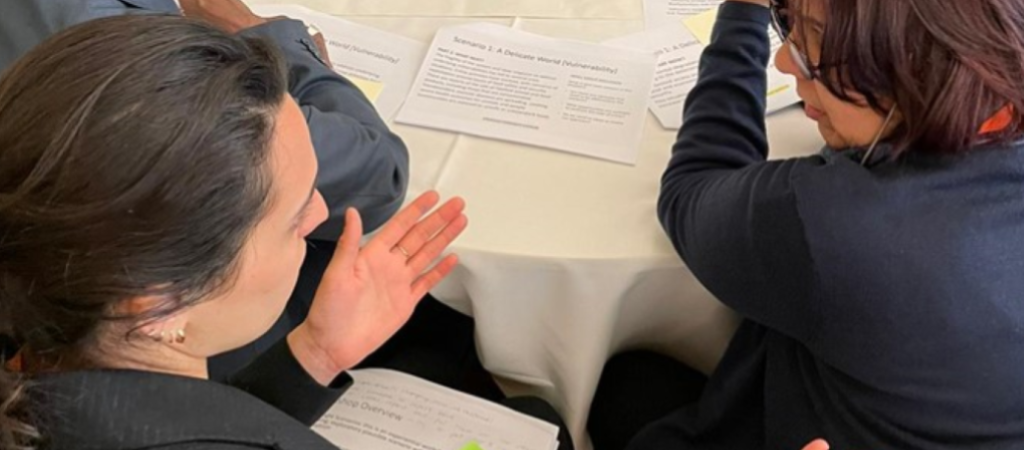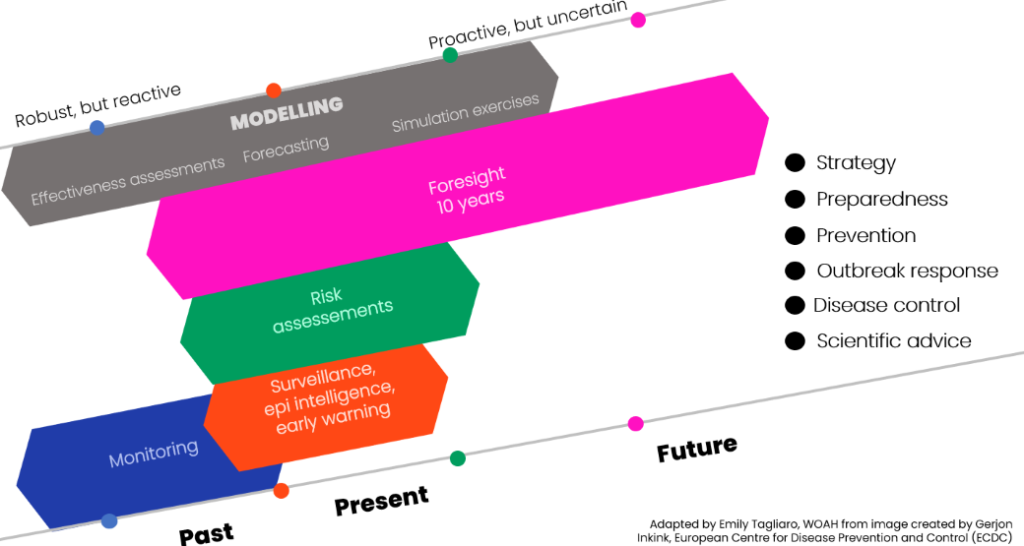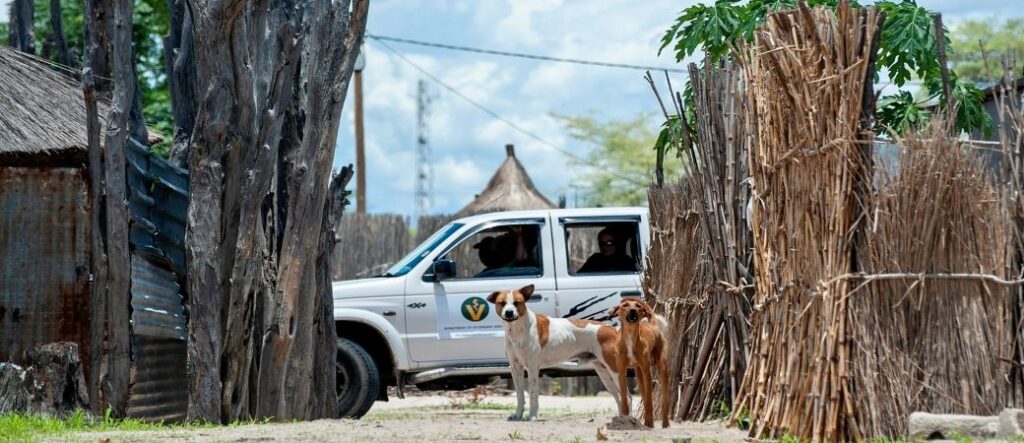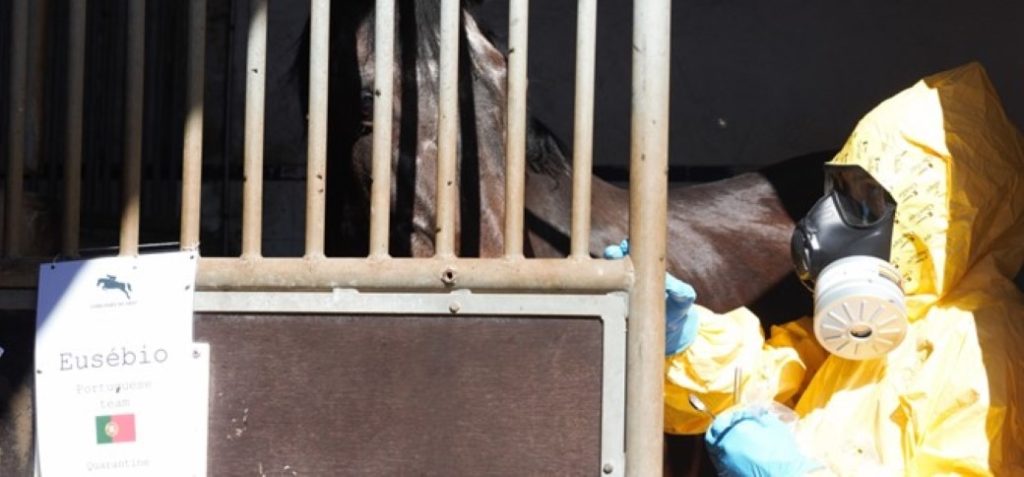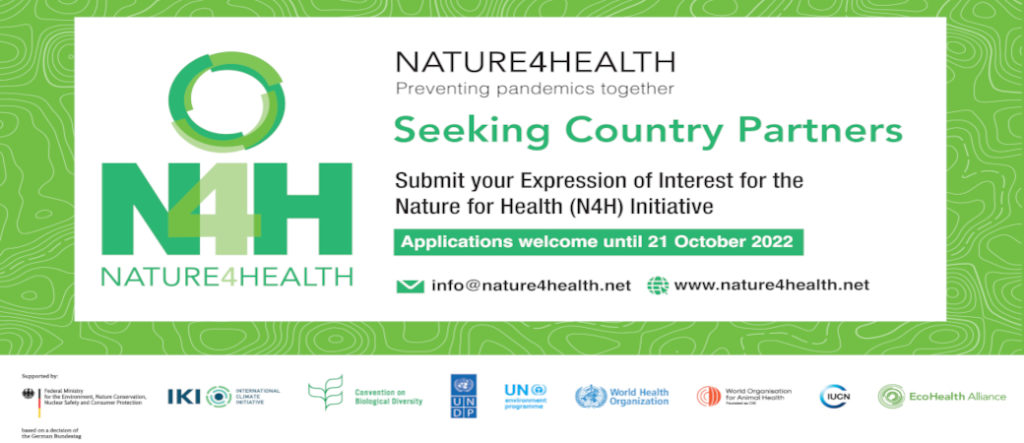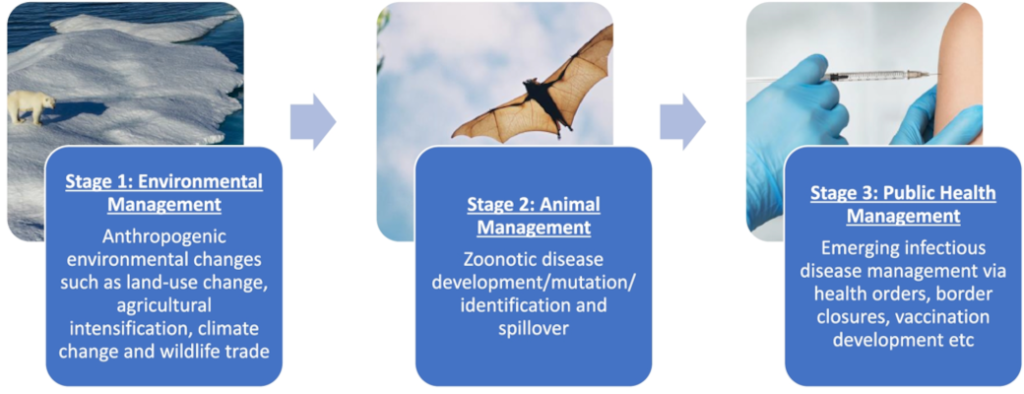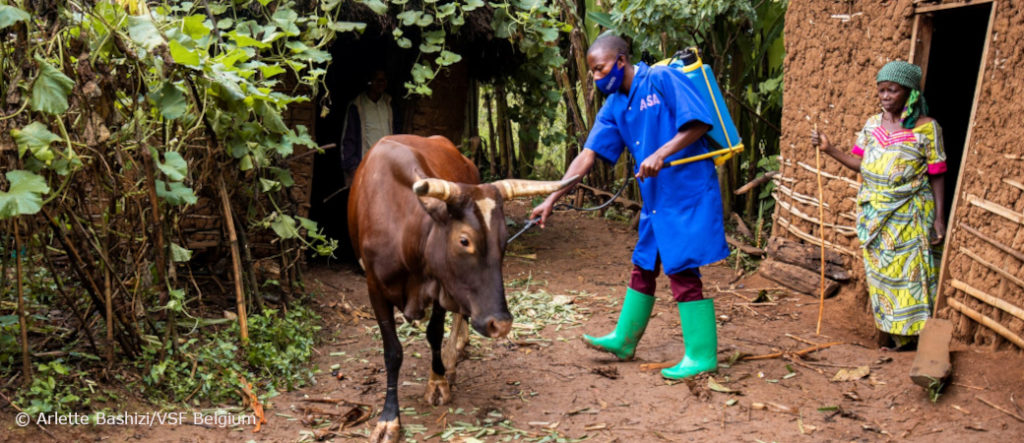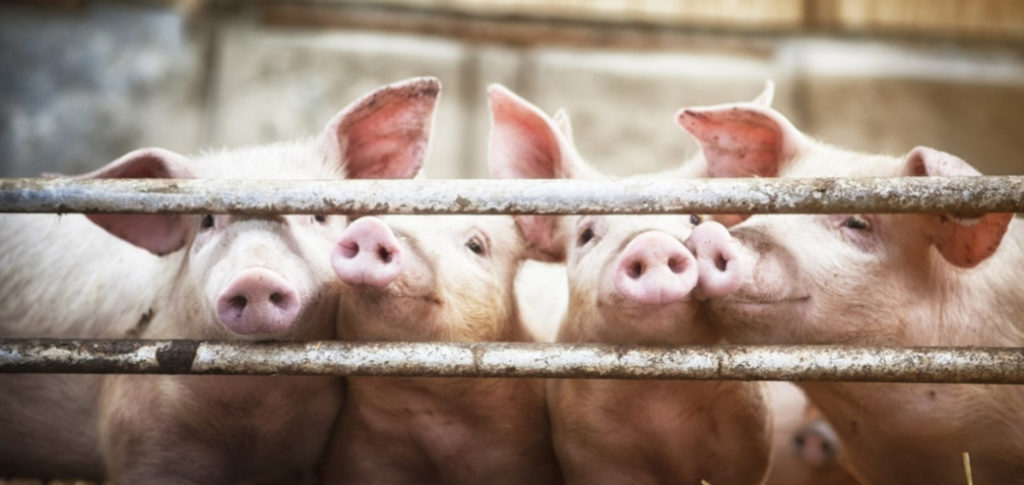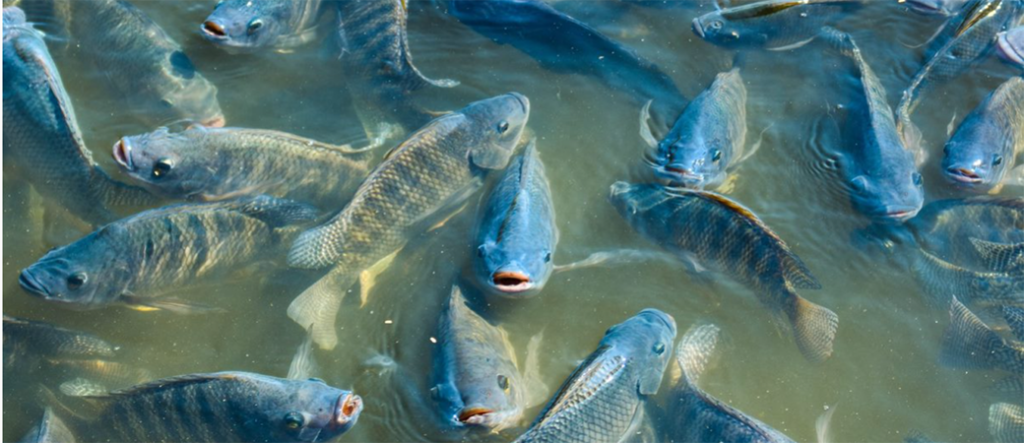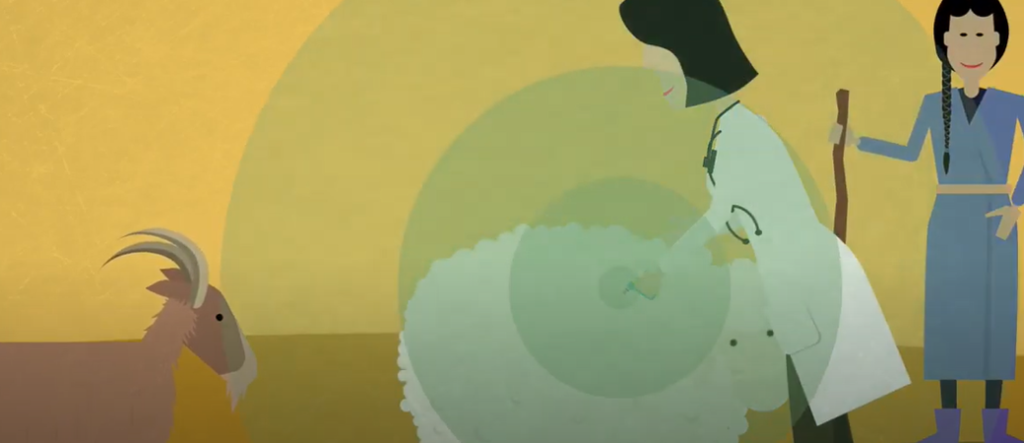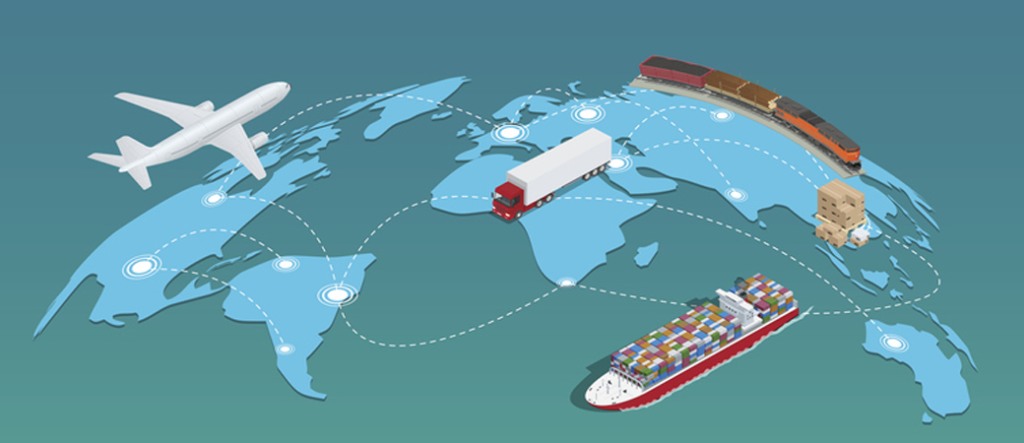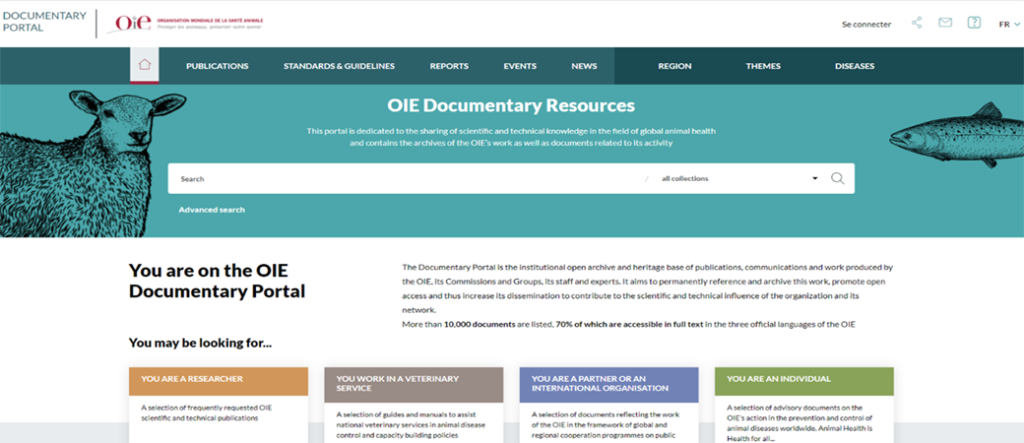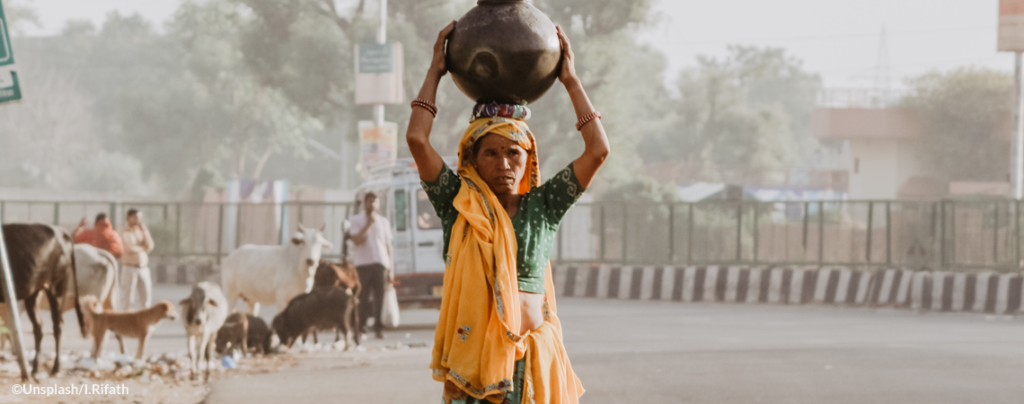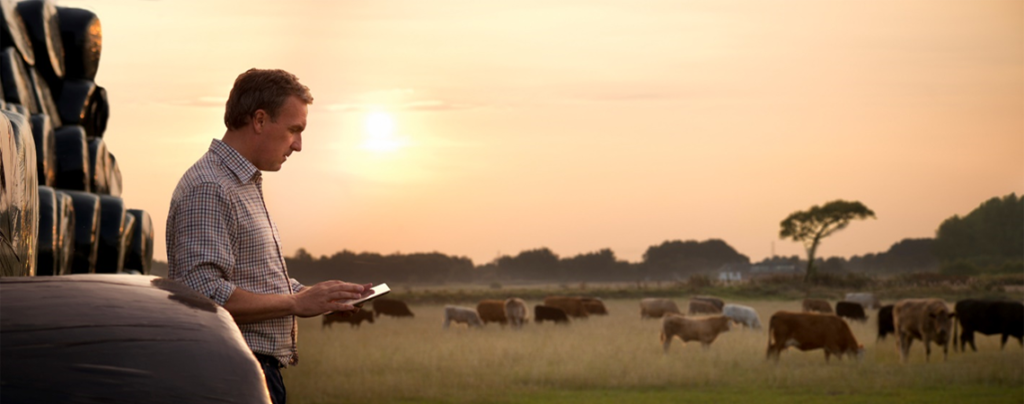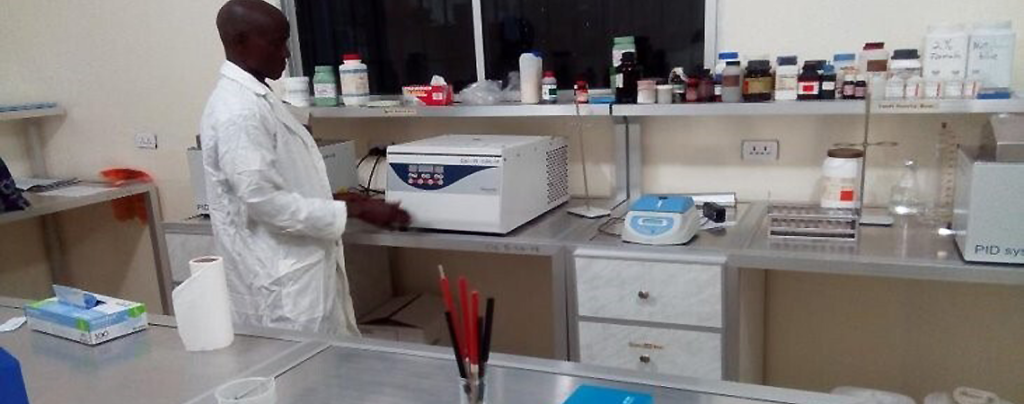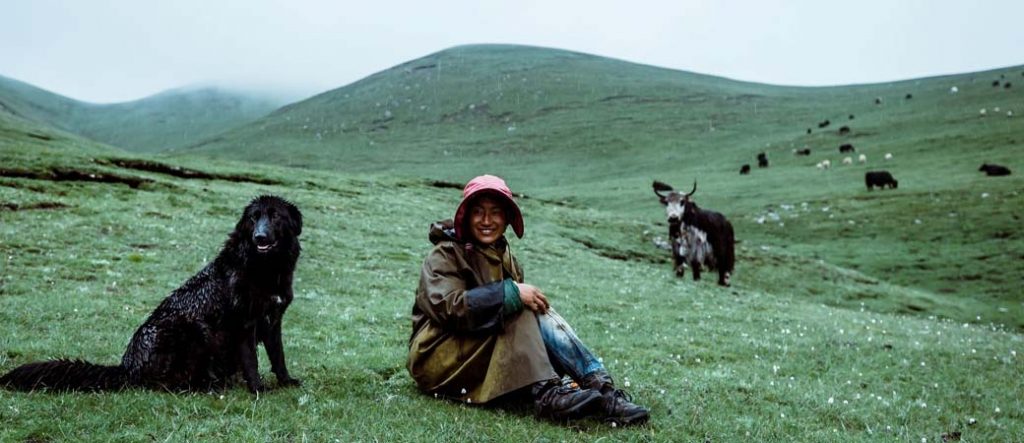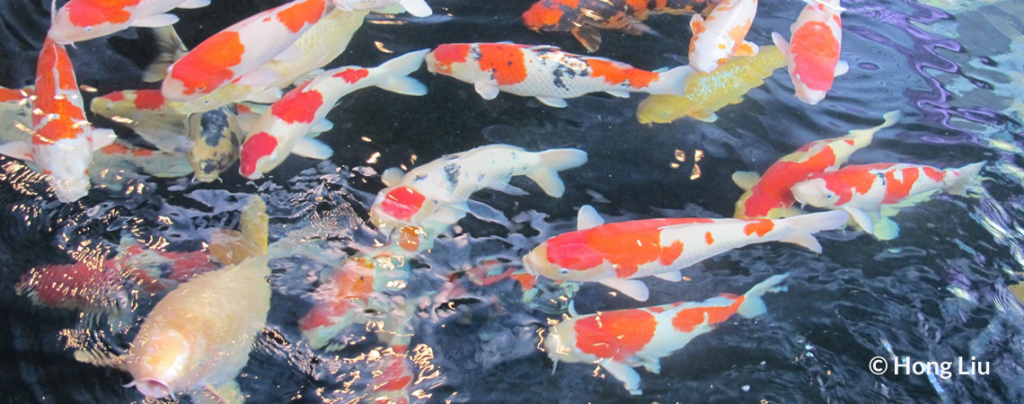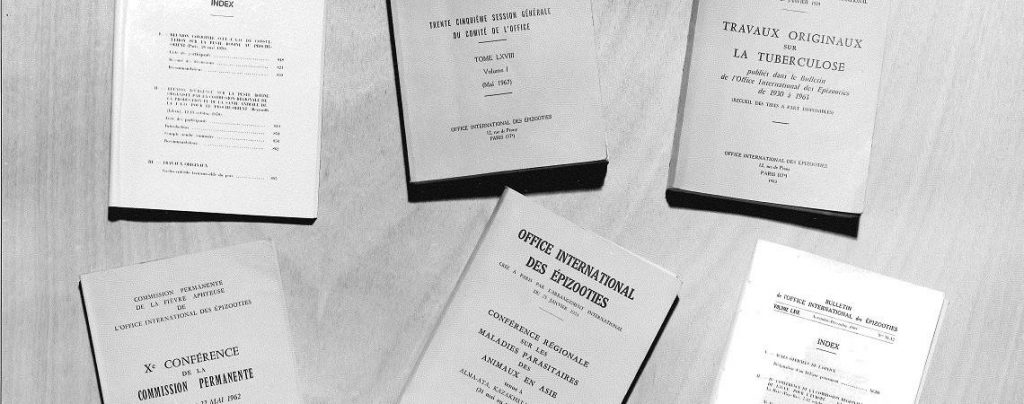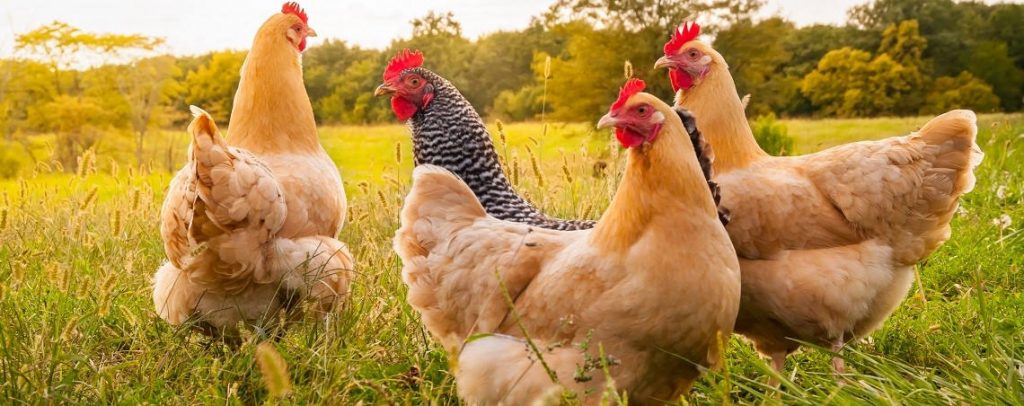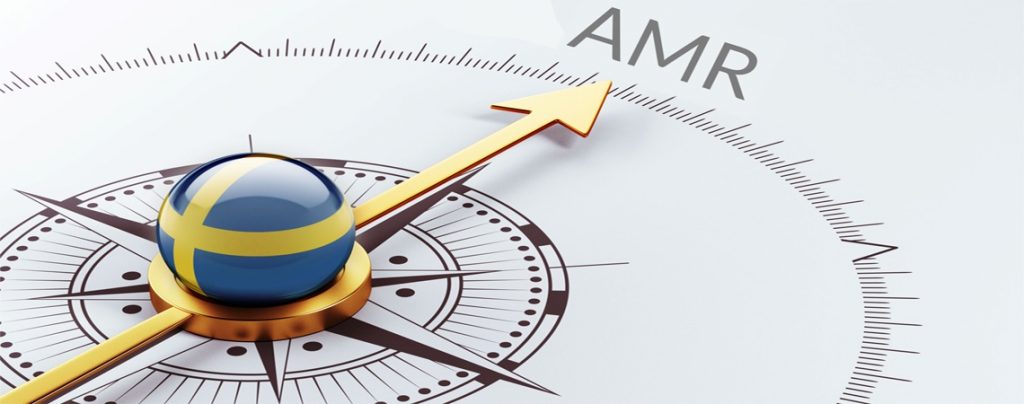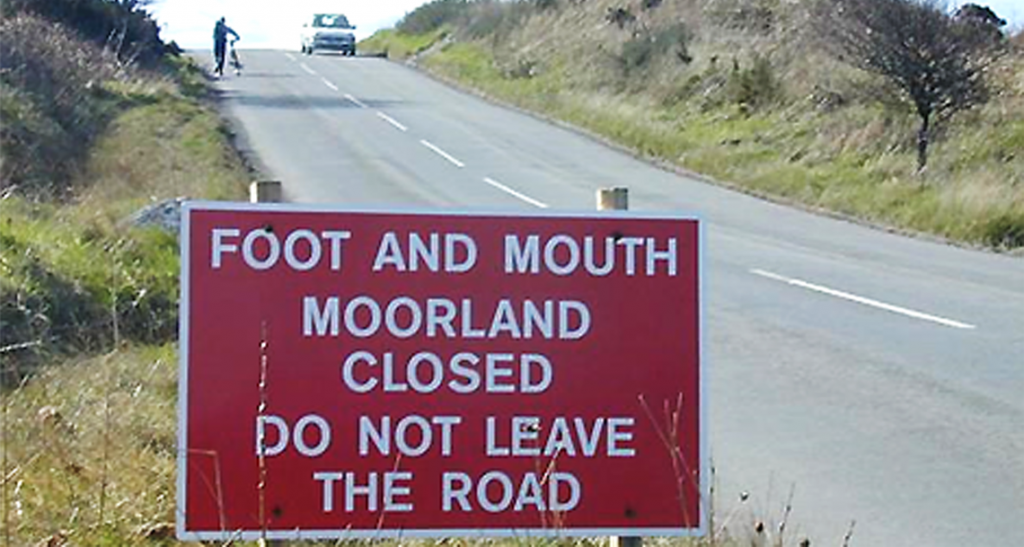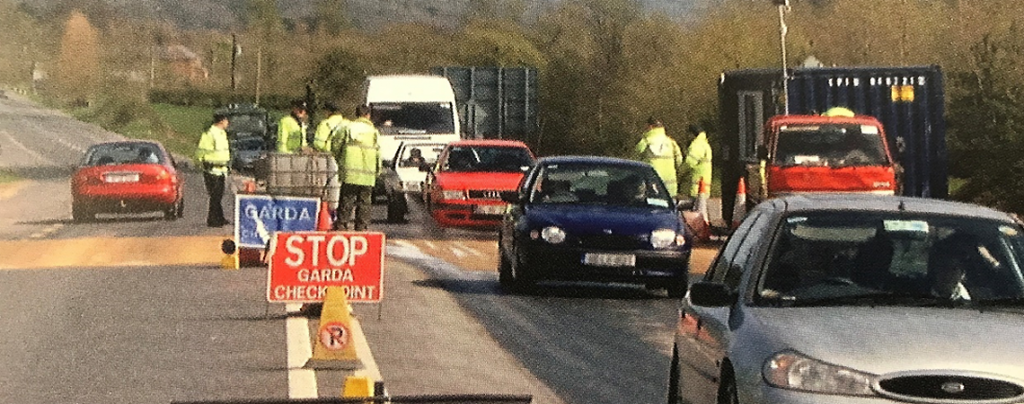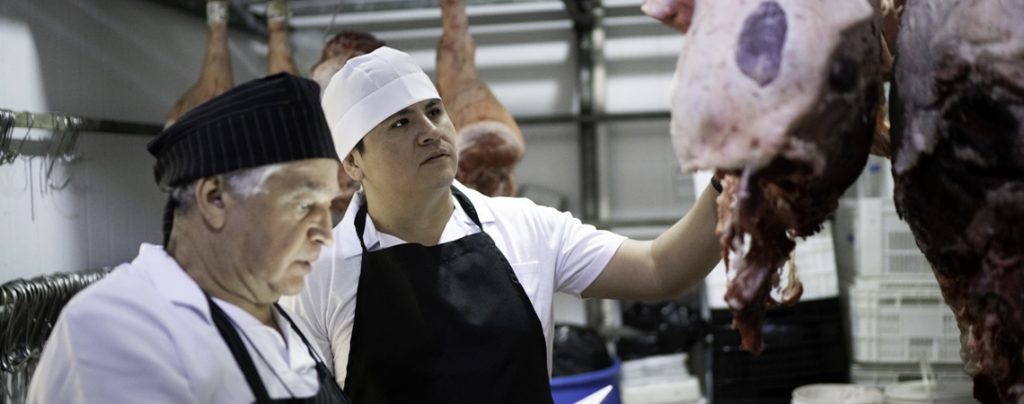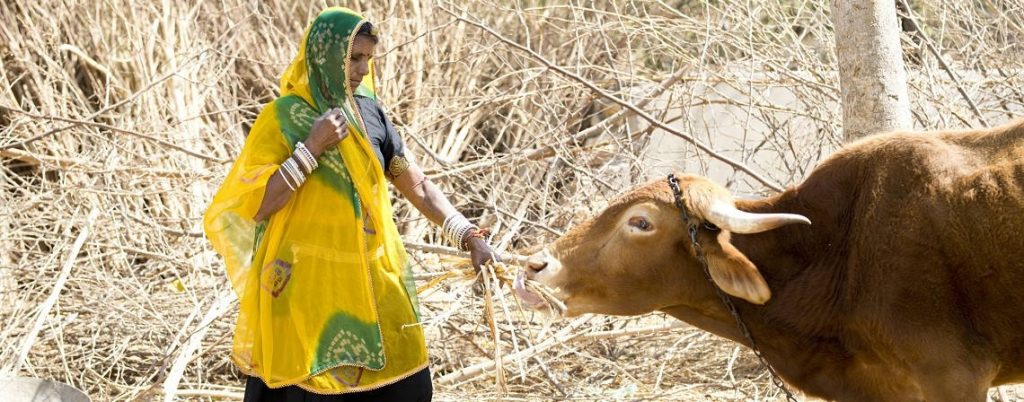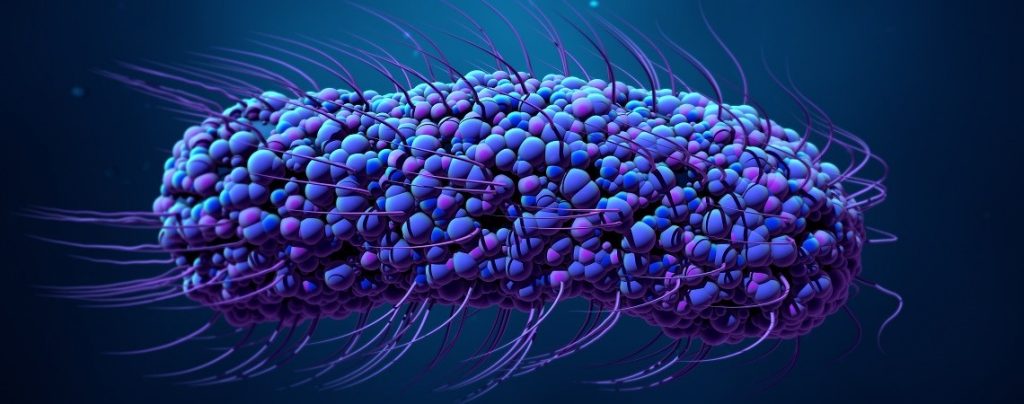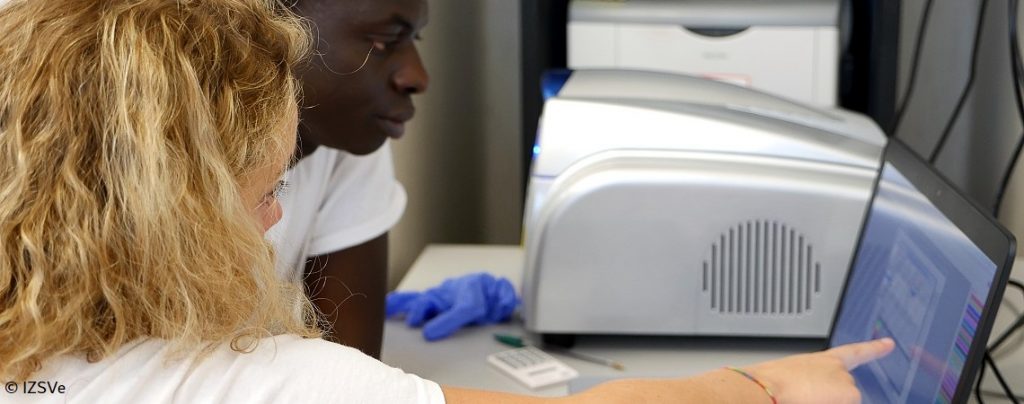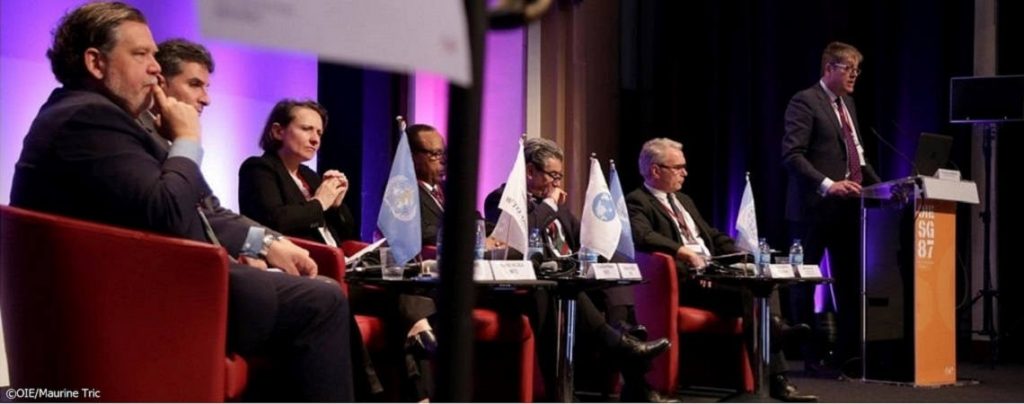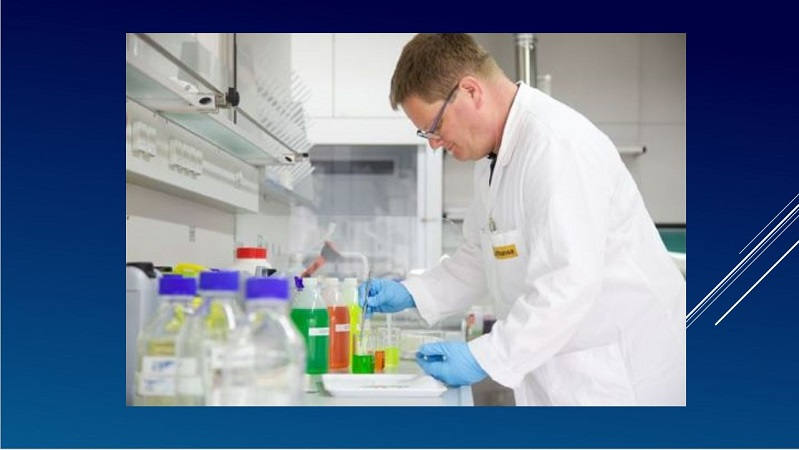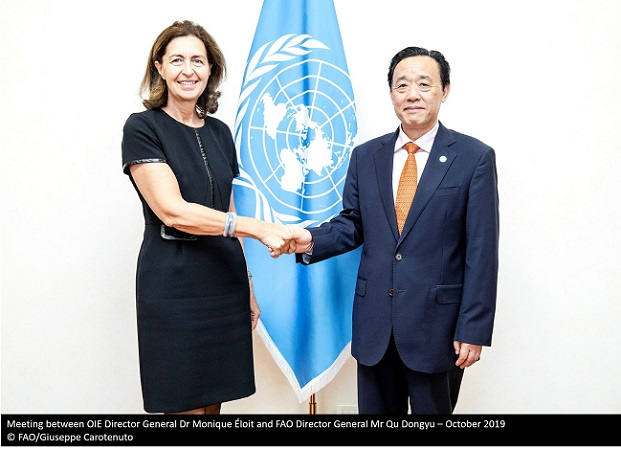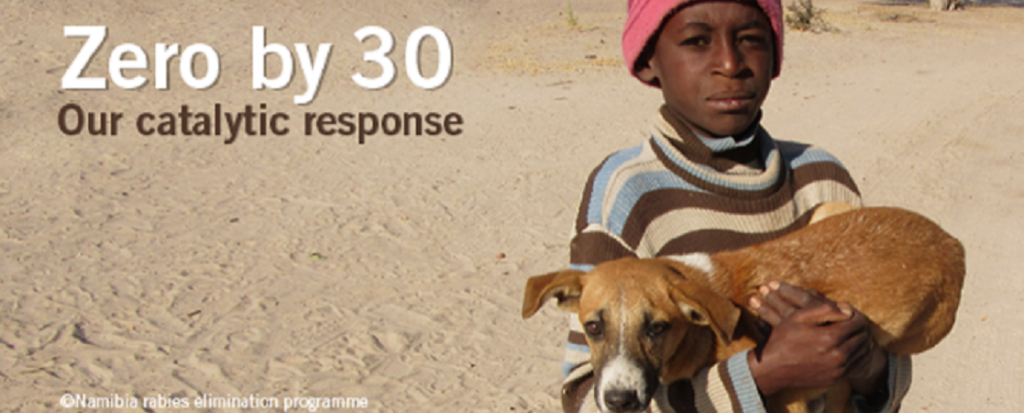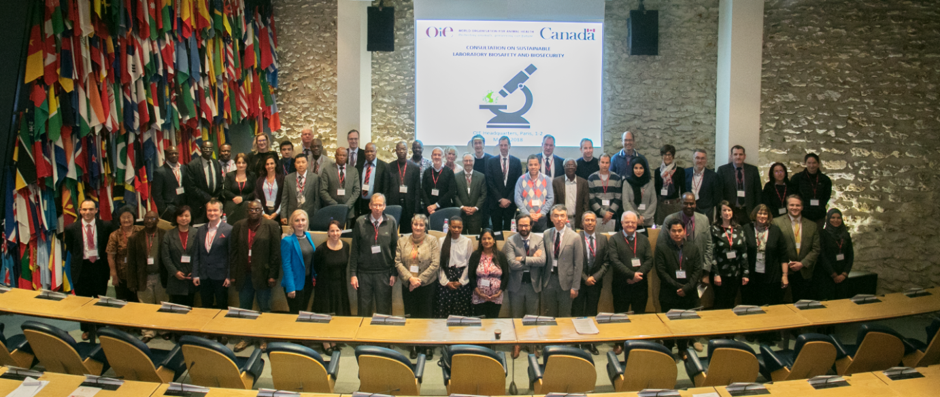CONTINUOUS INFORMATION Posted on 2022-06-28 14:15:56
Better understanding and defining the role of community animal health workers as part of strengthening frontline Veterinary Services
Keywords
The World Organisation for Animal Health is launching a new project entitled, ‘Strengthening the enabling environment for community animal health workers (CAHWs) through development of competency and curricula guidelines’.
This project will review training programmes for community animal health workers from around the world and develop guidelines for their competencies and curricula.
Background
Strengthening health systems and the health workforce are two important pillars of our capacity-building programme. An enabling environment for a sustainable workforce includes appropriate legislation, adequate regulation, competency-based education and training, and realistic opportunities for employment. We have been helping Members strengthen training for Veterinary Services through the publication of guidelines for veterinarians and veterinary paraprofessionals, the delivery of PVS Pathway services related to veterinary and veterinary paraprofessional education, and through the launch of an online training platform.
To date, veterinarians and veterinary paraprofessionals have been the focus of our educational support. Yet in many countries, there are as many, if not more, CAHWs than there are veterinarians or veterinary paraprofessionals, and they may be critical in carrying out last mile service delivery to livestock keepers in remote areas. As awareness of building more resilient, prepared and responsive health workforces grows, which is linked also to a commitment to the Sustainable Development Goals (SDGs), understanding the role that CAHWs play in animal health and production becomes more relevant.
The Organisation and its Members recognise that there are many challenges to ensure adequate and appropriate training and integration of CAHWs into animal health and production systems. These include lack of: standardised training, coordination between key stakeholders, common nomenclature, and inadequate supervision and unclear legal status.
Project approach
The project therefore aims to contribute to building an enabling environment so that CAHWs can be better regulated and acquire appropriate initial and continuous education.
We will partner with Vétérinaires Sans Frontières International (VSFI). The VSFI network has significant experience providing training and mentoring to CAHWs in order to reinforce their technical competencies, support sustainable business models, and help integrate them into local and national animal health systems and regulatory frameworks. A VSF International policy brief highlights the role CAHWs can play in providing quality proximity animal health and production services in many countries, and help overcome key barriers which are often faced in such contexts. The partnership project aims to build communication between the standard-setting work of the World Organisation for Animal Health and field-level activities related to last mile animal health services. It is funded by the U.S. Agency for International Development (USAID), Bureau of Humanitarian Assistance (BHA), and will run for two years.
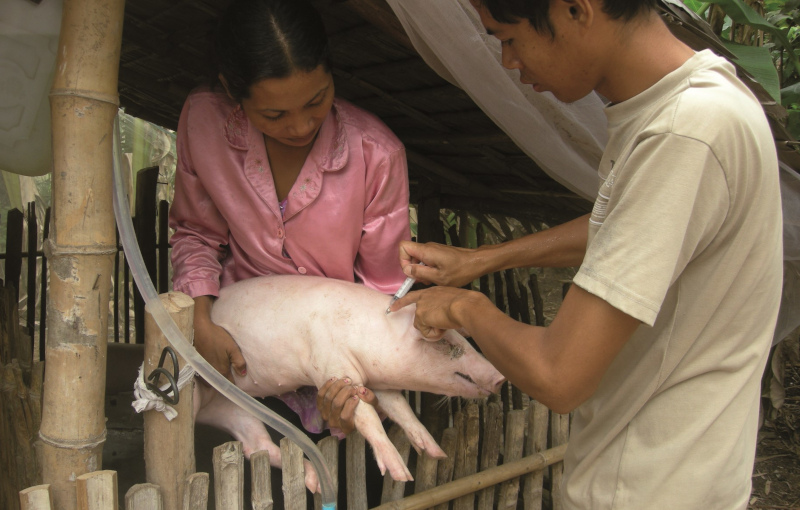
VSF International will bring technical support through the collection and review of CAHW programme documentation, consolidated with field case studies and consultations. We will use these findings to work with international experts to develop guidelines for competencies and curricula related to CAHWs. These guidelines will be an important step towards helping to support the recognition, regulation and integration of CAHWs into animal health systems. This will contribute to improved workforce development planning for Veterinary Services which integrates the roles of veterinarians, veterinary paraprofessionals and, when appropriate, CAHWs.
More information:
Competent and well-equipped Veterinary Services in support of national health systems: the OIE contribution – Bulletin, 28 Jan. 2022
This project is made possible through support provided by the Bureau for Humanitarian Assistance (BHA), U.S. Agency for International Development, under the terms of Award No. 720BHA21IO00330. The opinions expressed in this publication are those of the author(s) and do not necessarily reflect the views of the U.S. Agency for International Development.




